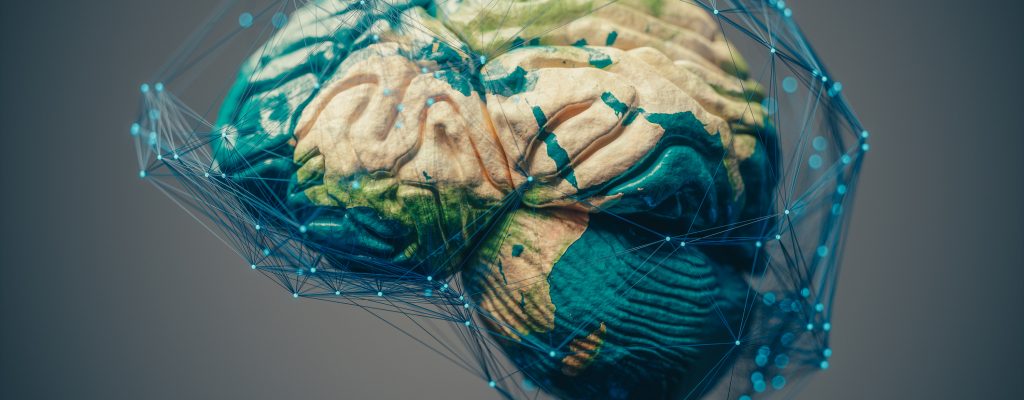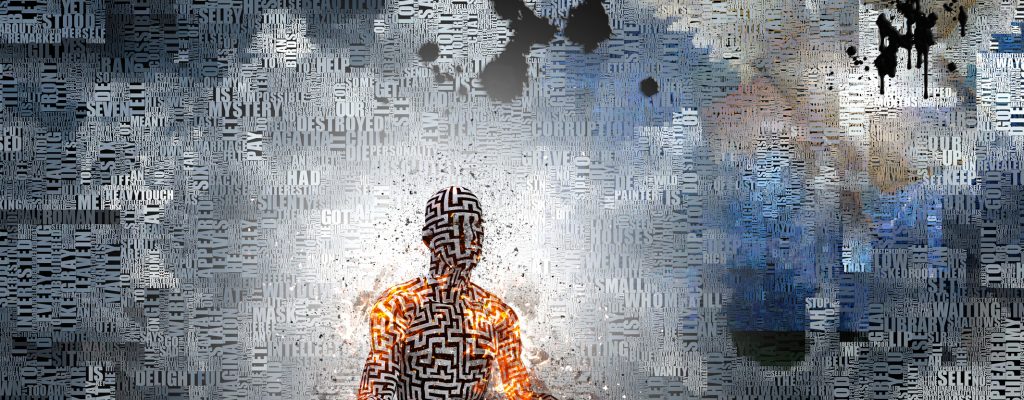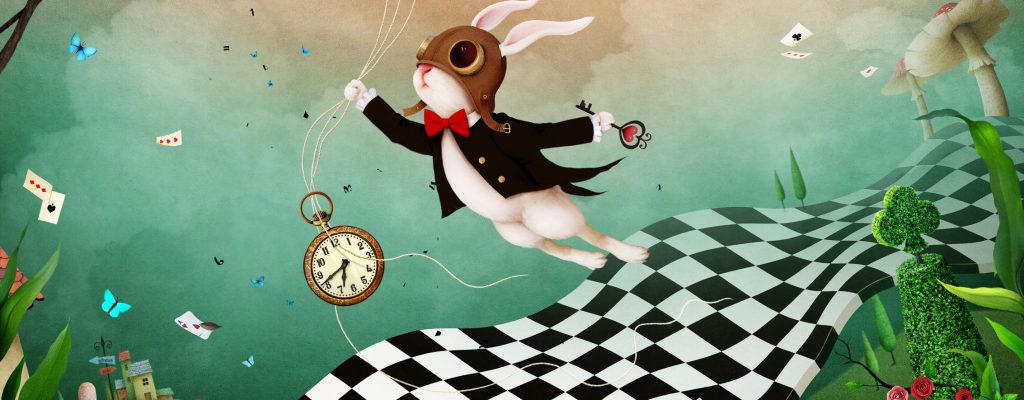Thoughts on Werner Erhard’s EST, Richard Bandler’s NLP and Joseph Riggio’s MythoSelf Process Models

“A map is not the territory it represents, but if correct, it has a similar structure to the territory, which accounts for its usefulness.” – Alfred Korzybski
This may be one of the most used, most misquoted, and most misunderstood comments driving multiple models of human cognition and behavior.
Maps, Territories and Models
The reason I say this about the Korzybski quote “A map is not the territory it represents, but if correct, it has a similar structure to the territory, which accounts for its usefulness.” is because it’s so often presented as, “A map is not the territory.” FULL STOP!
“A map is not the territory.” is a very different notion than “A map is not the territory it represents, but if correct, it has a similar structure to the territory, which accounts for its usefulness.” READ THEM BOTH CAREFULLY, AND NOTICE WHAT THEY ARE POINTING TO SPECIFICALLY.
I am a picky user of language, because language is our primary means of representing “what is”… i.e. the world, reality … and we act on our representations of “what is” NOT on “what is.”
Language is a composition of symbols in a syntax and grammar that give rise to semantic form, i.e.: meaning, or more accurately, the meaning we apply to the sequence of symbols in the language we use (see Saussure and his comments on signals and signifiers for more clarity).
The semiotician, Umberto Eco, introduced a concept about text as potentially “open” versus “closed,” meaning that the texts are “fields of meaning” and not “strings of meaning.” This idea gives the semantic power (the ability to create and choose meaning) to the reader versus the author. Even when the author might clearly intend a meaning in an open text, it is the reader that confers it.
I believe that this is also true in verbal communication, i.e.: that the listener confers meaning, and not the speaker.
Based on this observation the author and the speaker create fields of meaning from which their readers and listeners can confer the meaning they intend, without trying to close the system.
To confer meaning in an open system the author or speaker need then to infer the meaning in the way they present the information they are representing, because the reader and listener will always interpret what is written or spoken and not simply absorb it “as is” unchanged. To do this requires a deep understanding of how the intended audience will transform what is presented as they interpret and incorporate it for themselves. There are some cases in theater and film that I can think of where the playwright or screenwriter has done this particularly well.
Presenting meaning in theater and film has the advantage of a four-dimensional format to express the intended meaning via physical expression and interaction with all that implies, happening through movement in space and time. The richness of the four-dimensional aspect of representation more closely simulates our lived experience than can be expressed in a two-dimensional format like text. Text however has the advantage of remaining more open, leaving more room to imply meaning without directly conferring it. Speaking can also remain more open in this way, with the advantage of simultaneously layering inferences in the non-verbal aspect between the speaker and listeners.
Hypnotic protocol takes advantage of this open framework in speaking, and in the hands of a master writer in text as well. Inference resides at the heart of hypnotic protocol. By the precise and creative use of suggestion a pathway can be formed that provides the least resistance for the listener or reader to confer meaning. Many playwrights and screenwriters use hypnotic protocol to create the experience they want to confer to their audience, leaving less room for interpretation as the actors’ work unfolds the story being represented by them.
Let’s bring this back again now, with the fullness of what I’ve shared to the comment by Korzybski, “A map is not the territory it represents, but if correct, it has a similar structure to the territory, which accounts for its usefulness.” Maps seek to capture in representational form the structure of a territory, e.g.: a context or process, that allows the user to navigate and transverse the territory the map represents with a degree of confidence that they will successfully get from where they begin to where they intend to arrive.
The consideration of Korzybski’s comment then isn’t that maps aren’t what they represent, i.e.: “The map is not the territory.” but that maps are tools to navigate and transverse territories that when “correct” will be useful in doing so. Keeping this in mind we can move on to models which provide a similar if not the same function.
EST, NLP & the MythoSelf Process Models:
All three of these models, EST, NLP and the MythoSelf Process model, use the fundamental concept that Korzybski suggests in what may be the most famous quote coming from his own General Semantics model, i.e.: “A map is not the territory it represents, but if correct, it has a similar structure to the territory, which accounts for its usefulness.”
Werner Erhard and EST:
In the case of EST, NLP, and the MythoSelf Process a model of reality, or more precisely, a model of how to conceive of reality and our interactions in it, is organized and presented.
I am a huge fan of Werner Erhard’s work and his EST model. In that work, Werner points back to some of the fundamental notions of Martin Heidegger’s ontological and phenomenological philosophy, especially his considerations on “being.” To massively simplify that application portion of Werner’s model he points to the perceiver of a context as giving meaning to the context, literally bringing the context into being by conferring meaning. He takes this idea to an extreme in suggesting that by our “word” – literally our speaking into being – we bring contexts forth and can transform ourselves and the world we occupy by doing so.
The inverse of this is also true of Werner’s work, that by not “being our word” we live in a state akin to an automaton simply responding to the context we encounter like “meat machines” moved around by the feelings aroused by the stimuli we experience. The process that functions to create the cause-and-effect response of the so-call meat machine is the “story” we are living inside of that we presume is real, when in fact it’s just the stories that have been conferred upon us, that we have now colluded with, and from there bring forth new stories that contain the same contexts as the stories we have incorporated. This process creates a never-ending loop of repeating the same story of our life over and over with little or no relief.
By “speaking our word” we can bring new contexts into being, and transform the story into the one we desire wholeform. One of the flaws I perceive in the EST model is the suggesting that we lead from “being” and not “thinking” or “doing” … and, and yet there is not mechanism or process provided for creating our “word” and thereby transforming our “story” without the “thinking” required to do so. The EST model can be a very powerful to create transformation, but requires a devolution into solipsisim to function as it’s presented.
If I take the EST model literally the Rene Descartes ontological catch phrase, “I think, therefore I am.” becomes “I think it, therefore it is.” Without too much stretching the EST model can viewed through Korzybski’s conception of maps, as a ontological distortion that might read, “The map IS the territory.”
Richard Bandler and NLP
The NLP model starts in a very different place than the EST model. NLP begins with the idea that what we know as being real is really representation, and the process we use to create, manipulate and utilize our representations determines how well they will work for us in creating the outcomes we desire.
Werner Erhard in the EST model suggests that transformation happens by speaking it into the world, ignoring the story of how we have known the world to be, and choosing a context that brings into being our intentions. This process, as I’ve presented it above, is known in EST circles as “being your word,” i.e.: because I say it is so it will be so. (NOTE: I love this idea, even as I see the flaws in it … flaws I see even when it works. Being personally driven in a phenomenologically empirical way to arrive at my own conceptions, the human cost of this method of living and bringing into being my intended outcomes is just too high for me to personally accept.)
In the NLP model as presented by Richard Bandler there is a cognitive process that begins and ends in representational forms of sensorial experience that are able to be intentionally modified and manipulated to create a better map of the world from the point of view of functional usefulness. The individual who perceives the world does so by the way they represent the world to themselves internally, as well as to the degree that they are able to observe the world as it is, i.e.: to align their internal representations in a way that accurately describes the external context as it is now. The step after being able to accurately represent the world as it is now, is to have the flexibility to represent the world as you’d like it to be, and to manipulate the way you internally represent your experiences to generate responses that bring about your desired outcomes.
NLP also has a secondary application of being able to map the way others internally represent the world to themselves by calibrating their verbal and non-verbal expressions in communication. A significant part of the process of mapping the internal representations of any context, i.e.: past, present or future, is contained in the language use to express the context by the language user.
Withing the NLP model you have multiple sub-models that are designed to make sense of the language patterns of the user, e.g.: the Meta-Model and Meta-Programs, and to use language interventions to modify these patterns to a more useful form, e.g.: reframing and hypnosis. In addition NLP users are trained to notice the non-verbal aspects in communication as well, for instance the representational system preferences of an individual in context, e.g.: visual vs auditory, or visual to auditory, or visual and auditory. Any combination and sequence of the sensory modalites can be present, and a skilled NLP user will be able to discern by tracking language usage and non-verbal patterns what these combination and sequences are as they communicate and calibrate what they are observing.
In the NLP model this ability to calibrate the way contexts are represented internally, and to modify these representations allow the NLP user to transform their experience of the context, make new choices, and create the intended outcome with much greater facility. It is also possible to use these same skills in communicating with other to bring about intended outcomes with them as well.

Joseph Riggio and the MythoSelf Process Model
Joseph Riggio (me, in the third person) has designed the MythoSelf Process model drawing on and from both of the models presented above, the EST and NLP models. In addition there is a deep draw on and from Roye Fraser’s Generative Imprint model.
The Generative Imprint model can be considered an applicaiton of the NLP model emphasizing the access to the excitatory bias and using wholeform communication to do that, and then leaping beyond the representation of reality within the framework of the excitatory bias to a deeper transcendent experience of being alive in a wellformed way that expresses as a pervasive sense of wellbeing and infinite possibilities. In Roye’s model this transcendent experience is the Generative Imprint and is held in “symbolic, iconic, representational form.”
“Form” is a critical consideration in Roye’s model and work. He literally being from and ends what happens in the model by accessing the form of the Generative Imprint. Accessing the Generative Imprint aligns an individual with themselves in relation to their sense of place and possibility to the Universe or the Cosmos as it’s unfolding in real time. The experience of accessing the Generative Imprint brings the indvidual into a very hightened sense of being present through time, i.e.: their past, present and future, in a deeply aware, sensorial way.
I was a student of Roye’s in an intensive seven-year apprenticeship, becoming deeply immersed in the Generative Imprint model, how to access it and apply it for myself and with others. The main processes used to access and elicit the form of the Generative Imprint are based in the NLP model and it’s applicaitons.
After working closely with Roye and observing how he interacted with his clients over several thousands of hours in the training and clinical context with him there was no doubt regarding the intensity of his use of somatic form as well as semanitc form in his work. This observation led me to the first expression of what is now the MythoSelf Process model. The first unique distinction I brought to the MythoSelf Process model that moved it some distance away from the other three models I have been presenting and discussing is the primacy of the use of the body and tracking somatic from at the macro and micro levels of expression.
Somatic Form in the MythoSelf Process Model
The main premise of the MythoSelf Process model has always been that the ontology of the individual is grounded somaticaly, i.e.: in the body. The somatic form gives rise to semantic form as sensorial experience is expressed in body sensations and responses. In the MythoSelf Process model we know reality as we experience it in sensorial form before there is any post-sensorial representation.
This idea of pre-representational sensorial form drives all of the transformational interventions within the MythoSelf Process model that allow a user to access and modify their awareness of reality and being, as well as the reponses available to them to take action in the world creating their intended outcomes.
In the MythoSelf Process model we hold a primary presumption that all of our experiences, including the realization of our intended outcomes, are a function of the action we take and choose not to/fail to take. The action we take are our behavioral responses, so if we desire anything in our lives, including the desire for it to be different in some way we need to modify our behavioral responses that keep the way we experience our lives as we do intact.
Because we accept that we are ontologically grounded somatically, and our sensorial awareness drives our experience and way of knowing the world, we cannot change our behavior without first changing how we are in ourselves, i.e: somatically, and the way we experience the contexts we occupy sensorially. So within the MythoSelf Process model transformation becomes a soma-semantic function of shifting the sensorial filters we use and the way we sort and process the information we are experiencing and responding to in the action we take (or choose not to/fail to take).
This distinction of driving behavior sensorially, but shifting what and how we are perceiving in and about the contexts we occupy create a significant distinction in the MythoSelf Process model as a a priori model of behavioral change. Within the model we never seek to directly change behavior, instead we simply change the perceptions of reality we hold in the contexts we occupy, and those we intend to occupy, and allow our behaviors to follow form that way of perceiving ourselves and the context we are in or are moving towards. (NOTE: This process can be, and often is, applied to past contexts and events as we consider them too, leading to a reorganization of how we know the world about us and ourselvees in relation to it to be, including our relationships with others … past, present and future.)
The Use of Story in the MythoSelf Process Model
A final commnent on the MythoSelf Process model for this writing concerns the use of story, specifically autobiographical narrative, in creating and stablizing the awareness of ourselves in relation to a specific perceptual position we hold and operate from to create our intended outcomes. This idea that story contains and holds our awareness intact connects the MythoSelf Process to Werner’s EST, Bandler’s NLP and Fraser’s Generative Imprint models. A distinction in the applicaition of story in the MythoSelf Process model is that we hold story as “open” versus “closed” in the way Umberto Eco suggests is possible. In the MythoSelf Process model a facilitator working with a client will create a story-form that infers the possibilities of creating and experiencing the intended outcomes of the client. The story-form connects both the specific autobiographical narrative of the individual client to the “field of meaning” that is also suggested by other stories in mythic form that support the individual in remaining in choice regardless of the extant, empirical evidience that suggests a given path, allowing them to draw on a much wider and bigger range of human experience and possibilities than they could contain on their own.
Joseph Riggio, Ph.D.
Sarasota, FL, 23 Aug 2022













